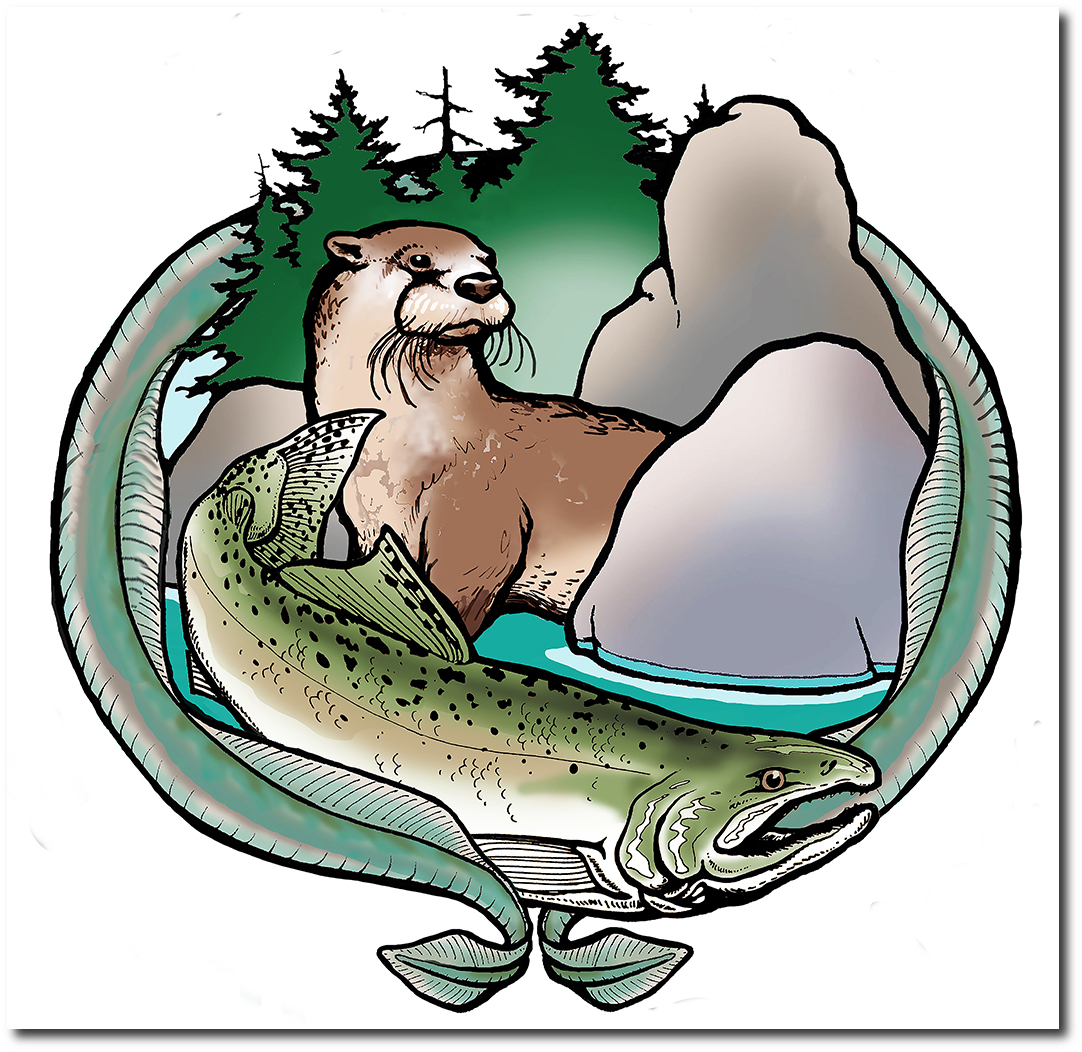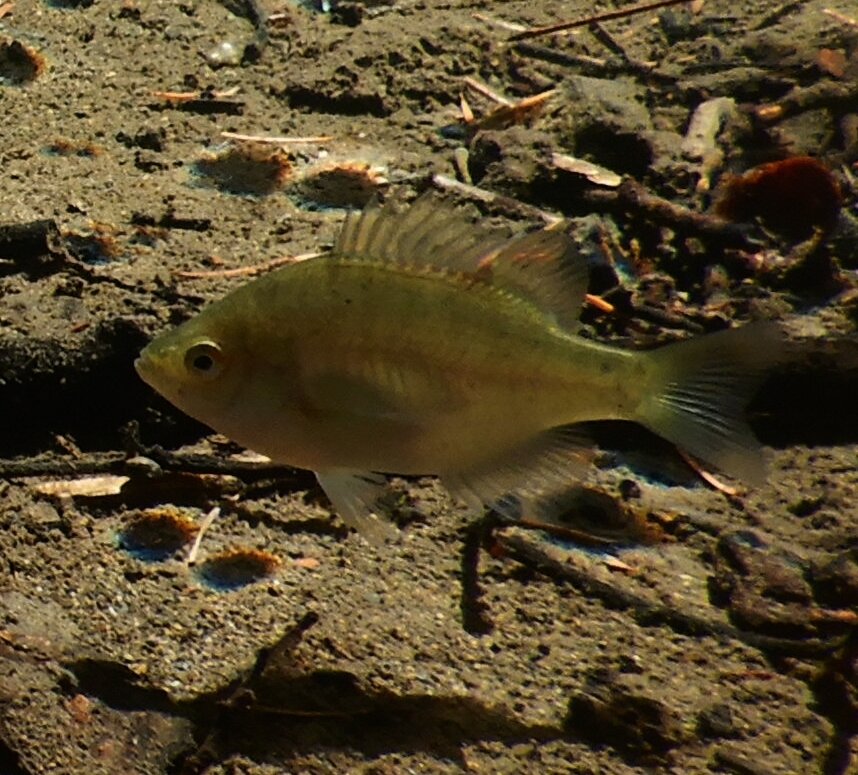Water Temperature in Tenmile Creek
The Eel River Recovery Project has monitored water temperature using automated temperature sensors as part of the State Coastal Conservancy Prop 1 grant. We’re also monitoring fish community structure at more than 20 locations in the Tenmile Creek watershed We are working in cooperation with volunteers with the permission of land owners. There was a substantial difference between 2018 and 2019 in terms of flow, water temperature and fish community structure and distribution.
Water temperature is a critical component of water quality as it determines whether an aquatic environment is suitable for salmon and steelhead. We placed Onset Instrument automated water temperature gages at more than 20 locations throughout the Tenmile Creek watershed. Gages are placed in the shade in flowing water and record the temperature every half hour from May through October.
Water temperature sensors were placed in 20 tributaries or reaches of Tenmile Creek in 2019, including at flow gauge locations. The summary statistic chosen for analysis is the maximum floating average daily water temperature (MWAT).
Temperature points in dark blue are highly suitable for salmon and steelhead, light blue for steelhead, yellow is suitable for warm water fish and red means the stream went dry at that location. Most locations maintained conditions suitable for steelhead except for lower Tenmile Creek, which was too warm and upper Tenmile, which went dry.
Tenmile Creek in 2018 lost connection or surface flow in almost all reaches except near Tenmile Creek Road, where it stayed perennial and suitable for steelhead. While Streeter and Big Rock Creek had some reaches that went dry, isolated pools were stratified and had cold water. Steelhead juveniles were present in Streeter and Big Rock creeks, and coho were also found in Big Rock Creek in 2018.
This map shows perennial reaches that were cold enough for coho salmon (< 62.4 F MWAT) in dark blue, and for steelhead in light blue. Yellow indicates intermittent flow with isolated pools that contained steelhead, orange equals isolated stagnant pools, and red equals lack of surface flow.
Coho salmon do not tolerate water temperatures above 62.4 F and they like to live in shady pools with large wood cover. Their eyes are larger than those of steelhead because they are adapted to low light conditions. In 2018, coho salmon juveniles were documented in cold, isolated pools in Big Rock Creek.
Steelhead trout juveniles were abundant throughout the Tenmile Creek watershed in 2019 because unusual mid-May rains boosted base flows and maintained cold water conditions throughout summer. If we are successful in winning cooperation for community water conservation, we could have abundant steelhead juveniles every year.
When Tenmile Creek warms, steelhead trout relocate or perish, but the warm-water loving California roach proliferate. Roach are relatively small, topping out at about six inches in length. They can compete with steelhead as temperatures warm, but they do not predate upon salmonid juveniles and are relatively benign. Whether this species is native to the Eel River remains under study.
There are numerous ponds in the Tenmile Creek watershed and many have introduced warm water game fish like largemouth bass, blue gill and green sunfish. Despite cold conditions in Big Rock Creek pools, blue gill were present but were stunted and lacked coloration. They come from ponds upstream, where they would have developed colorful pigments, including a false eye spot on the gill cover.
In dry years, when Tenmile Creek loses connecting surface flow, isolated pools become ideal incubators for warm water fish species and non-native pests like bullfrogs. This is a swarm of brown bullhead in a pool with adult fish guarding against predation by sunfish. Photo was taken on the Black Oak Ranch.









